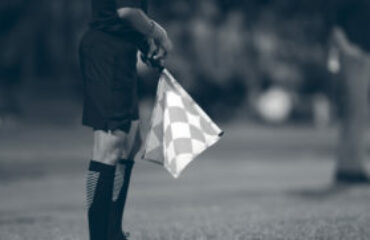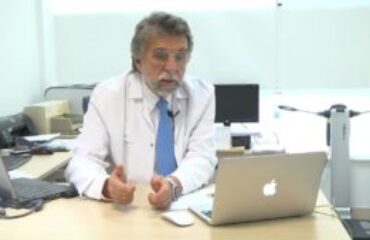¡THEORETICAL FRAMEWORK
Soccer is a team sport characterized by prolonged high-intensity intermittent efforts (Mohr et al., 2003). During match-play, players perform approximately 200 actions at high-intensity (Mohr et al., 2003). Besides running and sprinting, players perform numerous high physically demanding activities such as directional changes, dribbling, tackling, and heading. Fatigue can be defined as acute impairment of performance induced by an increased perceived effort to apply force and/or any reduction in the ability to exert force (Gandevia, 2001). Recently, it has been suggested that players experience higher levels of fatigue both toward the end of the match as well as temporarily at different moments of the game (Mohr et al., 2003). Importantly, some physical performance parameters (Ispirlidis et al., 2008) are immediately impaired “after” compared to “before” matches. The time required for full recovery of these physical and technical qualities in male players may be very long (>72 h) (Ispirlidis et al., 2008). Nevertheless, information regarding recovery time in high-level professional athletes is scarce.
STUDY OBJECTIVES
The aims of the present study were to: 1) determine the time course of different neuromuscular parameters, muscle soreness, and creatine kinase in professional players after the game and 2) examine the contribution of central and peripheral mechanisms to match-related fatigue.
MAIN RESULTS
After analyzing the post-match physical parameters in twenty-two elite young male soccer players from an Italian Serie A team, it was observed that:
- A soccer match induces important impairments in maximal voluntary contraction and sprinting ability in elite young soccer players.
- Accordingly, rating of perceived exertion was increased during a short-passing test performed immediately after a soccer match.
- In this population, 48 h of recovery was found to be adequate to ensure complete recovery of all the assessed variables.
- Match-related fatigue is determined by a combination of central and peripheral mechanisms.
CONCLUSIONS
A soccer match performed by elite young players induces significant impairments in maximal voluntary contraction and sprinting ability. The physical and physiological variables negatively affected by the match return to baseline after a recovery period of 48-h. Central fatigue seems to be responsible for the decline in neuromuscular performance, while peripheral fatigue appears to be more associated with increased muscle soreness and, therefore, is more related to muscle damage and inflammation.
FSI STATEMENTS
- A recovery period of 48-h seems to be the time necessary for elite young soccer players to completely recover from a soccer match.
- Specific interventions with recovery methods should be implemented in this “sensitive window” in order to optimize the players’ recovery.
- Central factors appear to be more related to acute fatigue, while peripheral mechanisms may affect recovery status on the subsequent match days.
- Post-match training schedule and strategies should be well planned and organized, in order to allow adequate recovery for players as well as to prepare the team for the next match, especially during congested fixtures.
Gandevia, S. C. (2001). Spinal and supraspinal factors in human muscle fatigue. Physiological reviews.
Ispirlidis, I., Fatouros, I. G., Jamurtas, A. Z., Nikolaidis, M. G., Michailidis, I., Douroudos, I., … & Taxildaris, K. (2008). Time-course of changes in inflammatory and performance responses following a soccer game. Clinical Journal of Sport Medicine, 18(5), 423-431.
Mohr, M., Krustrup, P., & Bangsbo, J. (2003). Match performance of high-standard soccer players with special reference to development of fatigue. Journal of sports sciences, 21(7), 519-528.





